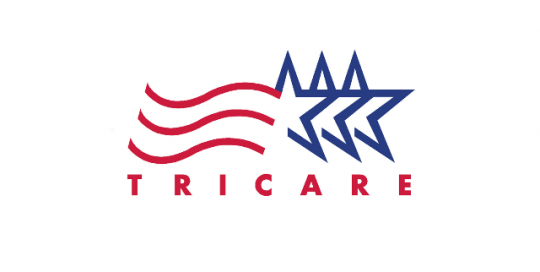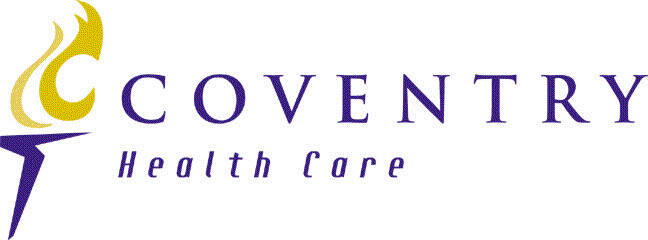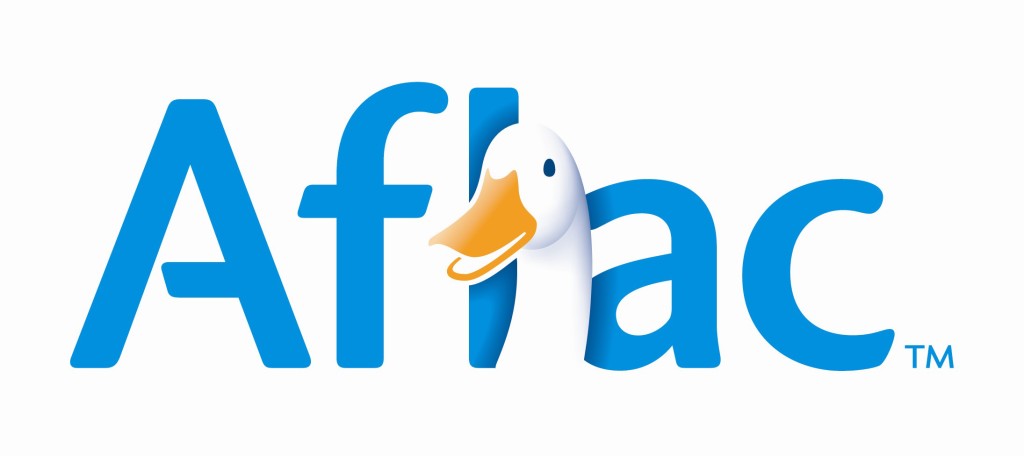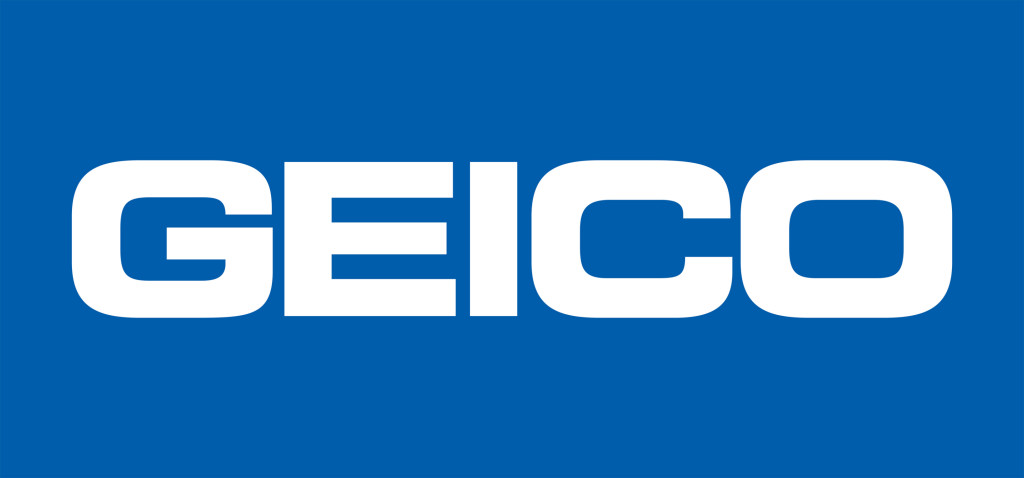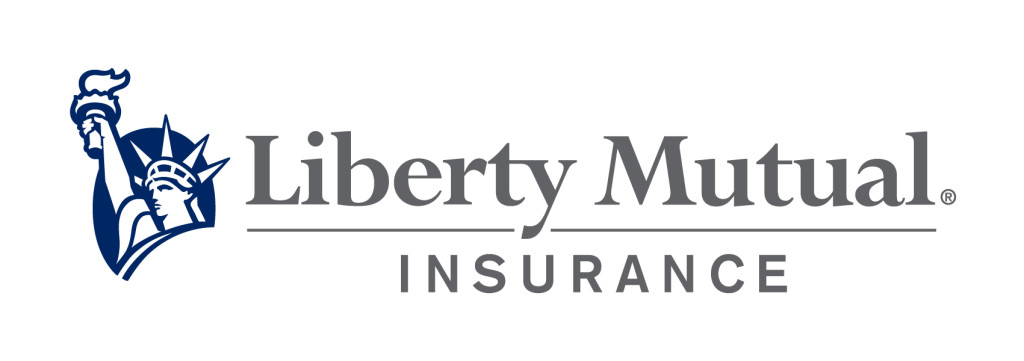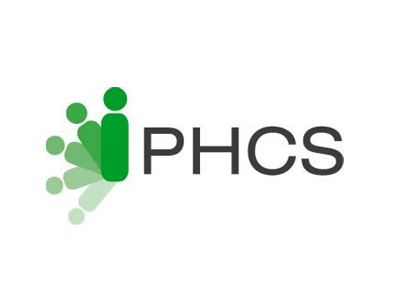Welcome to Elite Performance & Rehabilitation Chiropractic, Physical Therapy and Massage Therapy. We are dedicated to providing compassionate, comprehensive healthcare. We emphasize total rehabilitation through an innovative care process by combining the vital components of care: chiropractic, physical therapy and massage.
Convenient Locations
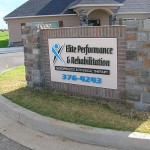
With two locations and flexible appointment times, you can see the chiropractor or physical therapist you want, at the location you need. Our facilities in Owasso and Tulsa can provide you the care you need that’s close to home, work. Whether you’re coming in before work, on your lunch break, or need a late appointment, our dedicated team of doctors is here to help you.
Find our locations here.
Multiple Treatments Available
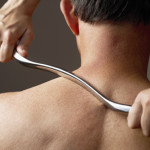
As a result of both offices’ integrated design, patients have the ability to be treated for a multitude of conditions at the same location. We strive to have the latest, most up-to-date technology combined with one-on-one sessions that average 30 to 45 minutes so you and your family can obtain the best chiropractic care, physical therapy and massage therapy.
Learn more about our Available Treatments here.
Our Approach
At Elite Performance we utilize a comprehensive treatment approach to address issues that contributed to your need for our expertise. If you are suffering from any signs of cumulative stress/strain, have daily pain, are recovering from a surgical procedure or just want to move and feel better, don’t become permanently limited prior to taking action.
Manipulative & Manual Therapy
We use the most current Chiropractic & Physical Therapy Methods, based on your individual structural needs to improve joint and tissue mobility.
Biomechanics
We analyze and change your body's mechanics, in relation to your specific environment, to minimize the effects of daily postural stress on your musculoskeletal system.
Therapeutic Exercise
We implement a program of stretching and strengthening that focuses on the body's structural imbalances in order to allow your body to return to its desired state of equilibrium.
Lifestyle Program
Everyone's behaviors and habits are different and we take that all into account when developing your lifestyle-based program that promotes a lifetime of good musculoskeletal health.
Conditions Treated
Whether you’re experiencing minor aches and pains, or are recovering from a surgery, we will help you address the environmental factors, reduce the tissue and joint restriction and develop a progressive daily exercise program that is individually designed to balance your musculoskeletal structures for both the treatment of your current problem and the prevention of other injuries.
Arthritis
Arthritis can be categorized as either Osteoarthritis (OA) or Rheumatoid Arthritis (RA).
OA is also known as degenerative joint disease (DJD). It is a chronic, progressive degenerative process, including loss of articular cartilage and joint margin changes of the joints in our body. The cartilage that protects the joint surface degenerates over time due to two reasons:
1. “wear and tear” or other structural abnormalities or
2. secondary due to a genetic predisposition of the chemical processes in the body.
A background history includes trauma/repetitive trauma, stiffness/pain in joint, limited range of motion, gradual onset of symptoms, short periods of morning or after-rest stiffness, and symptoms with changes in barometric pressure. Ultimately, pain limits active movement, which causes muscle weakness, contracture and increased pain.
RA is an autoimmune, inflammatory, connective tissue disease. As with other connective tissue diseases, onset and progression vary greatly with periods of flares and remissions. It differs from OA in that is a bilateral (both sides of the body) process. Joint inflammation during flares actually erodes the protective cartilage away, causing significant pain, loss of movement and mobility.
Treatment for both conditions include posture and body mechanics training, joint protection principles, energy conservation techniques, supportive, corrective devices or bracing, pain management and mobilization of the joints, gentle stretching, massage, and strengthening techniques. It is important to remember that treatment varies depending on whether you are in a flare (or have acute inflammation) or a remission period. Careful coordination with your physical therapist is important to prevent exacerbation of these conditions.
Bursitis
Bursitis is the inflammation of the small, fluid-filled sacs that act as cushions between muscles, tendons, ligaments and bones. The bursae allow movement without friction between surfaces. Occasionally they can become inflamed if excessive repetitive motion, strain or impingement occur around the bursae. Some of the most common areas to get bursitis are the hip, shoulder, buttocks, groin or anterior thigh.
Treatment may include ultrasound, patient education to understand body mechanics, what movements and habits provoke symptoms, stretching and strengthening muscles to correct imbalances between opposing muscle groups and pain management techniques.
Car Accidents & Worker's Compensation
Elbow Injuries
Toggle content goes here, click edit button to change this text.
Foot & Ankle Pain
There are 28 bones in the foot and ankle, which help provide stability as well as mobility, accommodate uneven surfaces, adapt to absorb forces and bear the weight of the body when standing, walking or running. Supporting our feet and ankles is important to prevent the many injuries associated with instability. Ankle sprains, fallen arches, plantar fascitis, shin splints and post-surgical management all require interventions that are available from Elite Performance & Rehabilitation.
Interventions may include modalities, walking, running or biomechanics training, joint mobilization, strengthening and stretching muscles and tendons, contrast baths or supportive orthotics.
Headaches
Hip Pain
Hip pain can come from many different sources including arthritis, sciatica, nerve impingement, bursitis, uneven leg lengths, sacroiliac joint dysfunction, poor posture, obesity, stress fractures or muscle imbalances. Arthritis in the hip joint can cause significant pain, which may respond well to care in the earlier stages, but often may require total hip replacement surgery (also referred to as total hip arthroplasty). A thorough examination is required to determine the cause of pain and a plan of care is developed from those findings.
Interventions may include modalities such as ultrasound or electrical stimulation, stretching and/or strengthening muscles, patient education about posture and body mechanics and pain management techniques. Pain in one area may come from injury in another area, so many tests have been developed to differentiate pain from injury.
Knee Pain
Conditions such as arthritis, meniscal tears, runner’s knee, jumper’s knee, ligament tears (ACL, MCL, LCL, PCL) and patello-femoral syndrome, which produces painful “crunchiness” under the knee cap, can also respond well to our therapy techniques. Progressive strengthening and range of motion restoration protocols are key to returning to full function.
Low Back Pain
There are a number of structures that can cause low back pain including discs, nerves, muscles and facet joints. Pain can manifest itself as sprains or strains, disc bulges, protrusions or herniations, joint inflammation or as a sciatic nerve syndrome, etc. An initial evaluation can help to determine the cause of your pain. Soft tissue mobilization and joint mobilization/manipulation combined with rehabilitative exercises and education is the most effective approach for most patients.
To treat back pain, one must have a comprehensive approach including controlling the inflammation (modalities/rest/ice), posture training, flexibility and strengthening of the muscles of the trunk and arms and legs.
Musculoskeletal Pain
It is not uncommon to address health issues only when they become acutely painful. We do this at an alarming rate, forgoing preventative care only to end up with a painful emergency. People often dismiss months of occasional twinges and aches as no big deal until they eventually explode into a debilitating, crippling injury. It is always best to address pain directly at its onset to minimize the problems associated with compensatory tactics trying to avoid the pain. If you have sudden onset of pain that does not resolve within a few days, it is best to get help from your provider of choice at Elite Performance & Rehabilitation.
Physical therapy and Chiropractic interventions for musculoskeletal pain include a number of options, depending on the injury.
Treatments include: pain management techniques including soft tissue mobilization, trigger point release and joint mobilizations as well as modalities including ultrasound and electrical stimulation and exercises to stretch or strengthen the injured and opposing muscles. A thorough examination is necessary to determine the cause of pain, and treatment options will be discussed before any intervention is begun.
Neck Pain
Whether it is following an automobile accident or due to work or sleep postures, neck pain is generally relieved when the inflammation has been reduced, joint motion is restored, tissue tension minimized, and muscles have regained their strength and pliability.
Physical therapy and chiropractic care can help control the inflammation (modalities/rest/ice) and improve your posture, flexibility and strength of the joints/tissues of the neck, shoulders, upper back and arms. Headaches often accompany neck pain and respond well to these therapies too.
Osteoporosis
Osteoporosis is becoming a more recognized problem that can be managed with conservative care. Physical therapy can effectively treat osteoporosis patients with exercise, and body mechanics and postural training. If a patient has pain, various treatments may be needed to reduce the pain before starting a special exercise program.
Overuse Injuries
Our body has the ability to repair itself from repeated loading if the load is not too great and time is allowed before the load is repeated. When we exceed these limits with inadequate rest, we cause damage to the tissues in our body. This is known by several names: overuse injury, overuse syndrome, repetitive strain injury or cumulative trauma disorder. These types of injuries may include: bursitis, tendinitis, shin splints, stress fractures and muscle strain, spasm or weakness.
The number one intervention for overuse injuries is rest. Depending on the affected area, other interventions may include ultrasound, stretching, muscle setting, and patient education about posture, body mechanics and pain management techniques.
Shoulder Injuries
Dislocations, tears and other shoulder injuries can be treated with chiropractic or physical therapy. We treat shoulder injuries with the Graston Technique, soft tissue mobilization, manipulations, ultrasound or electronic stimulation.
Sports Injuries
After an athletic injury a physical therapist and/or chiropractor can design a specific treatment regimen to enhance the healing process and allow for a quicker, safe return to competition. Some treatment methods may include ultrasound, electrical stimulation, exercise training, and chiropractic adjustments. Our rehabilitation programs are comprehensive and give athletes access to state-of-the-art equipment.
Three Doctors, Two Locations, Exceptional Care
I am text block. Click edit button to change this text. Lorem ipsum dolor sit amet, consectetur adipiscing elit. Ut elit tellus, luctus nec ullamcorper mattis, pulvinar dapibus leo.
I am text block. Click edit button to change this text. Lorem ipsum dolor sit amet, consectetur adipiscing elit. Ut elit tellus, luctus nec ullamcorper mattis, pulvinar dapibus leo.











